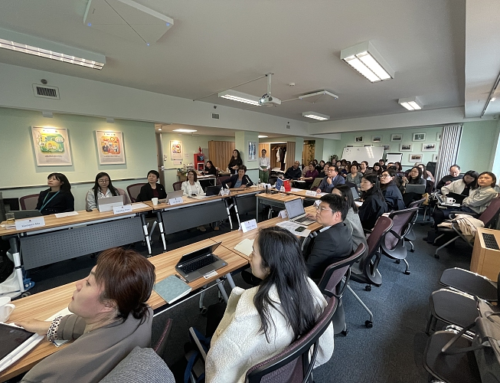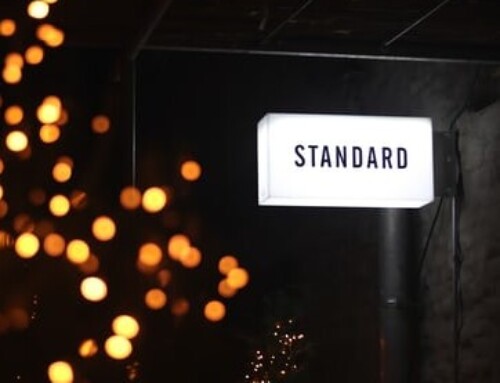On 13 July 2023, China’s State Administration for Market Regulation (SAMR) issued the draft for comments of the Regulations of the People’s Republic of China on Certification and Accreditation (hereinafter referred to as “the Regulations”). This marks the commencement of another round of public consultation for legislative review, following a similar process done in 2021. The official consultation was open until 29 July 2023. The Regulations comprise a comprehensive document consisting of 7 chapters and 99 articles in total, aiming to address and refine various aspects of certification and accreditation practices in the country.
Background
The revision of the Regulations can be seen as a direct response to the overarching initiatives of the central leadership aimed at reforming and streamlining the government, delegating power and improving government services. The ultimate goal of the reform is to improve the business environment and ignite market vitality and social creativity, by establishing a new relationship between the government and the market, based on reduced government interference with the market; instead, the focus will be on concurrent and ex postsupervision, and improving government services.
The current version of the Regulations, initially released in 2003 and partially revised in 2016 and 2020, does not align with the objectives of the government’s reform and streamlining efforts. For instance, it cannot provide provisional support to market access for certification, accreditation, inspection and testing bodies, as well as for the concurrent and ex postsupervision and self-declaration for mandatory product certification. Furthermore, the definition and legal liability of certification and accreditation inspection and testing activities in the current Regulations also present several issues, such as inaccurate definition, ambiguous expressions, and insufficient penalties for non-compliance, which might hinder the current economic and social development and represent obstacles to market supervision. The need for revision, therefore, is urgent, as clearly indicated in the Opinions of the State Council on Strengthening the Building of the Quality Certification System and Promoting Comprehensive Quality Management. Therefore, in 2019, SAMR officially kick-started the revision process.
Major revision and corresponding articles of the draft Regulations:
- Keep alignment with the reforms and streamlining efforts. The draft Regulations put forward the requirement for implementing classified management of examination and approval of certification bodies (Article 5). In addition, the draft Regulations introduce a self-declaration approach to the mandatory product certification scheme (Article 34), providing provisional support to the current practices of self-declaration for the China Compulsory Certification (CCC)
- Amend the parts which present some degree ofconflict with existing laws, regulations and policy provisions. Specifically, the draft Regulations delete provisions related to “uniform charging standard” for mandatory product certification, as well as other provisions inconsistent with the legislative framework; the document also lays down specific articles to indicate the connection between relevant product liability and the Product Quality Law (Article 85), the Anti-Unfair Competition Law (Article 83) and other laws.
- Align relevant terminology and concepts with international rules and conventions.For instance, the draft Regulations refine the concepts of “Certification”, “Accreditation”, “Inspection and Testing” activities (Article 2), replace the old expression of “examination bodies” with “inspection and testing bodies”, and change the “accreditation of certification personnel” to “certification of certification personnel” (Article 22), etc.
- Amend the partswhich are inconsistent with the current governmental system and the new market supervision system. The draft Regulations change the “Certification and accreditation supervision and administration department of The State Council” to the “Market Supervision and Administration under the State Council”, reflecting the recent institutional reforms and reshuffles of the State Council. Furthermore, dedicated provisions for duties of local market supervision and administration authorities were added.
- Revise the partswhich are inconsistent with the development needs of the certification, accreditation, inspection and testing industry; as well as with the requirements for supervision. In general, the draft Regulations outline specific requirements for relevant activities, and introduce a whole-process tracking approach (Article 10) and credit supervision (Article 69). Moreover, the supervision for inspection and testing bodies and their activities is added in the draft Regulations, while the supervision of overseas bodies’ conformity assessment operations within China’s territory is improved (Article 20). Specifically, according to the draft Regulations, overseas bodies are allowed to engage in certification in China as long as they abide by the Regulations and other relevant laws and regulations of China.
Finally, in the draft Regulations, certain systems and mechanisms remain briefly mentioned without further elaboration. These include the process tracking mechanism, classified management of examination and approval of certification bodies, and the inter-ministerial joint meeting, among others. As the draft is not yet final, it is reasonable to anticipate that supporting documents or a more comprehensive elaboration will be included in the final draft. For those interested, SESEC has translated the entire text the Regulations into English. If you would like to know more, please click China’s Regulations on Certification and Accreditation (Draft for Comment) (EN) to download.




